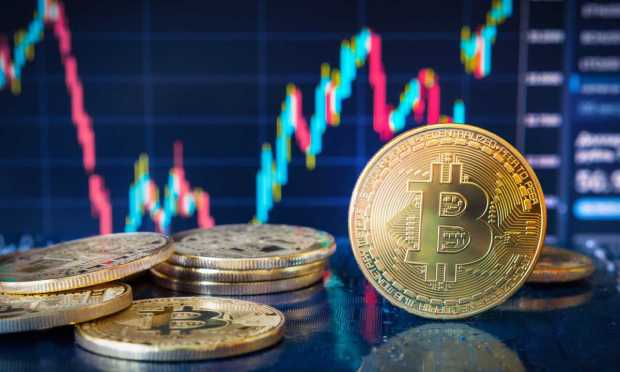Crypto, Bank Overlap a Focus of DC FinTech Week

Crypto’s recent volatility has shone a spotlight on the risks digital assets can pose for banks, according to Michael Barr, vice chair for supervision of the Federal Reserve.
“When a bank’s deposits are concentrated in deposits from the crypto-asset industry or from crypto-asset companies that are highly interconnected or share similar risk profiles, banks may experience deposit fluctuations that are correlated and closely linked to broader developments in crypto-asset markets,” Barr said in a Wednesday (Oct. 12) speech.
Read more: Crypto Deposits Pose ‘Heightened Liquidity Risks’ for Banks: Fed’s Barr
By highlighting the issue, Barr said, the Fed is aiming to stress the importance of understanding of the heightened liquidity risks certain types of crypto deposits bring to banks.
“Crypto-assets have grown rapidly in the last several years, both in market capitalization and in reach,” he said. “But recent fissures in these markets have shown that some crypto-assets are rife with risks, including fraud, theft, manipulation, and even exposure to money-laundering activities.”
Activities related to crypto assets, both in and out of federally regulated institutions, must include safeguards to ensure providers of crypto services are subject to regulations similar to those of other financial service providers, Barr added.
“This effort is not intended to discourage banks from providing access to banking products and services to businesses associated with crypto-assets,” he said. “Our work in this area is focused on ensuring risks are appropriately managed.”
Three lenses
Acting Comptroller of the Currency Michael Hsu said in a DC FinTech Week speech this week that there are three “lenses” through which his office is looking to identify risks cryptocurrencies bring to banks, consumers and the financial system.
They are integrating crypto and traditional finance, with the immature crypto industry bringing the potential for cross-contamination and systemic risk. Another is data gaps, the banking regulator said, calling for more information about interconnectedness and exposure between banks and crypto firms.
See: OCC Chief Michael J. Hsu Says Regulators Must Monitor 3 Risks of Crypto
The third, with the crossword-friendly name “skeuomorphism,” means explaining new concepts by comparing them to familiar ones that don’t mean the same thing in banking — such as “custody” and “savings accounts.”
Meanwhile, Hsu told CoinDesk a few days later that part of the problem is that crypto companies are often unclear about what they actually do.
“Part of this confusion is because there are parts of the crypto industry that don’t know what they want to be when they grow up,” Hsu said on Thursday (Oct. 13). Crypto companies “want to be a little bit of everything to everyone. And at some point you have to decide.”
That lack of clarity, he added, makes it hard for regulators to set clear guidelines about overseeing them.
Hard and Ugly
A stablecoin regulation bill is coming, but it’s coming hard and isn’t going to be pretty, the top Republican congressman negotiating the law said at a DC FinTech Week panel.
“We agree on all the components of what the asset is,” Rep. Patrick McHenry (R-N.C.) said on Oct. 12, according to CoinDesk. “We’ve come up with a pretty ugly baby. It is a baby, nonetheless.”
The bill would establish the rules of the road for stablecoins like Tether’s USDT, Circle’s USDC and Binance’s BUSD, with the primary requirement being any stablecoin must be backed 100% by fiat currency and highly liquid investments like short term Treasury Bonds.
See also: House Bill Would Ban Algorithmic Stablecoins for 2 Years
While that is thought to be pretty much agreed upon, there are a lot of other areas like whether state-chartered financial institutions can issue stablecoins, to be settled in three-way negotiation between McHenry, the top GOP member on the House Financial Services Committee, its chairwoman, Rep. Maxine Waters (D-Calif.) and the Treasury Department.
